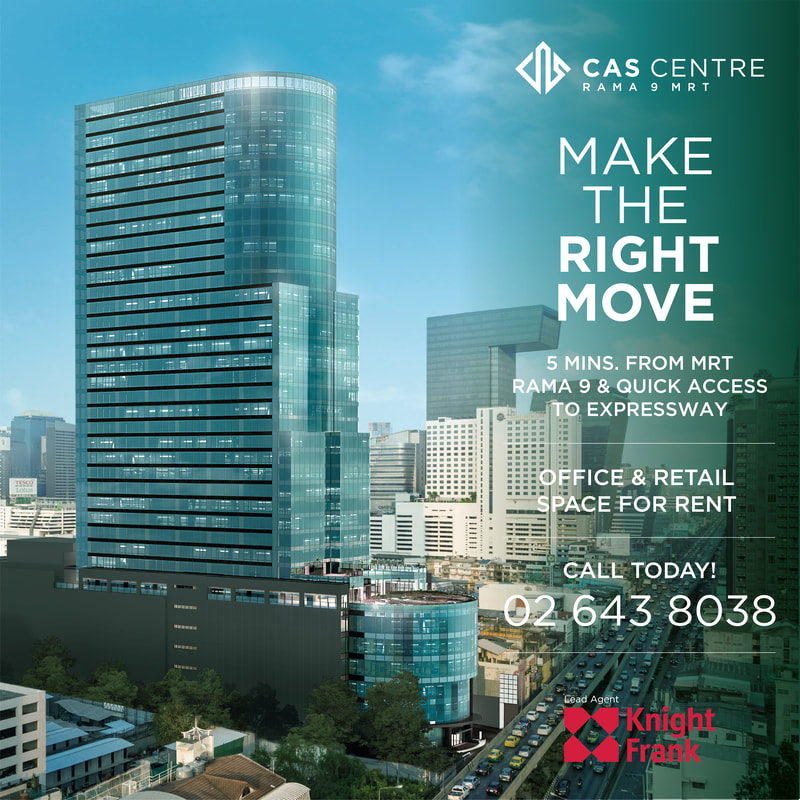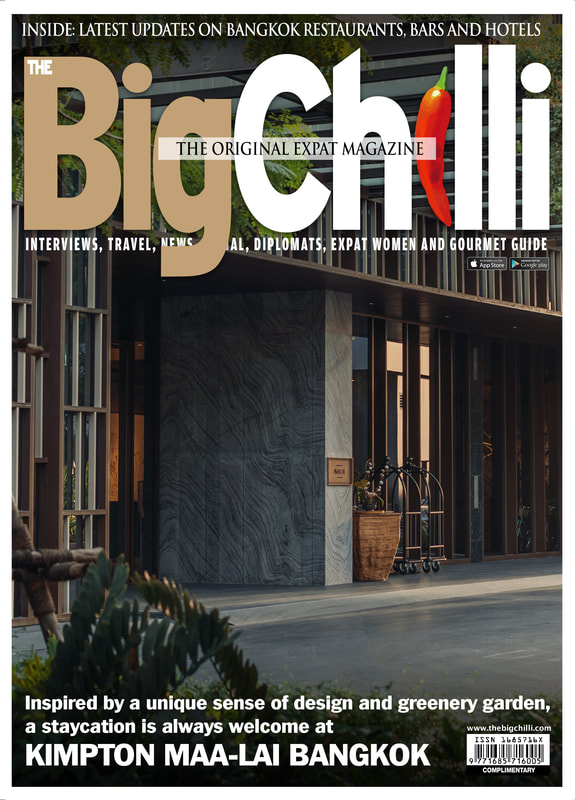By Maxmilian Wechsler
Huge city centre condominium project by the Crown Property Bureau will have more than twice the amount of open green space required by regulations
Huge city centre condominium project by the Crown Property Bureau will have more than twice the amount of open green space required by regulations
| AMID the surge of ever grander, taller and more luxurious condominium developments in Bangkok, the Langsuan Village project by the Crown Property Bureau (CPB) aims to stand out from all the rest. CPB says the eco-friendly development under construction in the centre of the city near Ploenchit Road will have residents thinking they are “living inside a park.” |
Announced by CPB Director-General Chirayu Isarankun Na Ayuthaya in September last year, the 56-rai plot is situated on Langsuan and Sarasin roads. This marks the first time in its 67-year history that CPB, which administers the crown’s extensive property holdings and investments (see sidebar), has undertaken to develop a property completely on its own. The project is managed by CPB subsidiary Siam Sindhorn Company.
The BigChilli met with Chalaluck Bunnag, director and CEO of Siam Sindhorn, at his office at the Sindhorn Building on Wireless Road. The office tower is only a short distance from the construction site and houses the sales offices for Langsuan Village.
Mr Chalaluck said that before this project CPB acted mainly as a landlord, leasing land to low and middle-income earners, government agencies and non-profit organizations. Only seven percent of the total land owned by CPB has high potential economic value and have been utilized for commercial purpose.
“We wanted this property to adhere to a very high standard for the benefit of CPB’s stakeholders, and we didn’t want limitations imposed by outside developers. With the bidding methods used in the past, it was hard for developers to follow our standards as they have to maximize their profit. As for CPB, the goals of the work in the Langsuan plot do not just pertain to generate public benefits but also to increase the quality of life among local people and communities. We also want to place great emphasis on the environment of a development. We want to construct high quality buildings that will last at least 100 years and provide residents with comfortable living.”
The main parcel of land is approximately 52 rai (one rai is 1,600 square meters) stretching from Langsuan Soi 1 all the way to Sarasin Road. A smaller land plot is located just behind the Mater Dei School which measures about four rai.
The BigChilli met with Chalaluck Bunnag, director and CEO of Siam Sindhorn, at his office at the Sindhorn Building on Wireless Road. The office tower is only a short distance from the construction site and houses the sales offices for Langsuan Village.
Mr Chalaluck said that before this project CPB acted mainly as a landlord, leasing land to low and middle-income earners, government agencies and non-profit organizations. Only seven percent of the total land owned by CPB has high potential economic value and have been utilized for commercial purpose.
“We wanted this property to adhere to a very high standard for the benefit of CPB’s stakeholders, and we didn’t want limitations imposed by outside developers. With the bidding methods used in the past, it was hard for developers to follow our standards as they have to maximize their profit. As for CPB, the goals of the work in the Langsuan plot do not just pertain to generate public benefits but also to increase the quality of life among local people and communities. We also want to place great emphasis on the environment of a development. We want to construct high quality buildings that will last at least 100 years and provide residents with comfortable living.”
The main parcel of land is approximately 52 rai (one rai is 1,600 square meters) stretching from Langsuan Soi 1 all the way to Sarasin Road. A smaller land plot is located just behind the Mater Dei School which measures about four rai.
| Mr Chalaluck revealed two large-scale models of Langsuan Village that also include the overall surrounding area. The park-like atmosphere of the project was clearly evident in the models. “We have more than twice the amount of open green space required by regulations. The requirement is 30 percent, but we have 65 percent. All the green areas make our development unique. We want to set the standard for Thai property market. “Normally, prospective buyers are shown only a model of the buildings and not the surrounding areas. In this model you can see that we are surrounded by Lumpini Park and the US and Dutch embassies, which also have plenty of open green spaces. Add this to Langsuan Village’s own green areas how can there be a better location in the middle of the city? Furthermore, all cables and the car park will be underground.” After looking at the model, there’s no question that Langsuan Village is taking a different approach than the projects under construction in almost every vacant plot of land in Bangkok. All too often sales people promise a good living environment and birds-eye view of the city nicely featured in glossy brochures and media adverts – only for buyers to discover later their view is simply the wall of another tower. Many condos are built in narrow sois (alleys), creating bottlenecks in the city’s already horrendous traffic. What’s more, too many projects skimp on quality during construction, making it difficult to guarantee market value in the long run. |
Mr Chalaluck said with conviction that none of these problems will plague Langsuan Village. “We use the name ‘Village’ because we want to make residents feel it is a community, with everything they need here. But this is a ‘city village,’ not a rural one. Langsuan Village will consist of about 1,700 residential units in 14 buildings. In fact, we could build more units that could accommodate up to 10,000 people, but we are building only for 4,000 – 5,000 people so it won’t be too crowded. This is in line with our development concept of ‘Living in the park.’”
“The project is purely residential, not commercial. We have one relatively small retail area for the convenience of residents such as a supermarket, food and beverage, salon, flower shop, laundry shop and general repair shop.
“There will be four 30-year plus 30-year renewable lease condominiums. The first condominium, Sindhorn Residence, is already under construction. So far about 95 percent of the bookings have been made by Thai people. We will start the construction of the other buildings in the third quarter of 2015 and the whole project should be completed by 2019. The complex will have three serviced apartment buildings and a 200-room luxury hotel. Anyone can rent the serviced apartments, but we expect many expats will choose to do so because of the good location and environment.”
“We also have a five-storey health centre. It will house emergency treatment facilities, doctors and dentists offices, a skin and beauty clinic, a physical therapy and rehabilitation clinic and a spa. Fully equipped ambulances will be on 24-hour standby to transport patients to nearby hospitals if needed.
“There will be a five-storey modern art museum exhibiting paintings and sculptures. We will have there a permanent collection from Her Serene Highness Princess Marsi Sukhumbhand Paribatra and also rotational exhibits. The permanent collection will be on one floor and the other four will be used for the rotation. The museum building will have meeting rooms and workshops. In the front we will have a three rai park for children and cultural activities. Altogether, Langsuan Village will have about 14 rai of parks.”
Mr Chalaluck said the underground parking allows the development to have much more green space and helps keep the atmosphere free of pollution. The parking area will be three storeys deep and contain spaces for more than 1,500 vehicles.
“We will have a shuttle bus service, free of charge, operating on private roads in the Village. The buses will stop at locations inside Langsuan Village and also go to Central Chidlom and the Chidlom and Ploenchit BTS stations. It might be extended to other places but this is still under consideration. Actually, the farthest any residential building is from the BTS Ploenchit station is only about 500 meters, about a ten minute walk.”
Selling itself
Mr Chalaluck called Langsuan Village a “prototype,” and without giving specifics hinted that CPB has plans to develop more of its own projects in the future. Asked why there hasn’t been any big media advertising campaign or giant billboards along the highways promoting Langsuan Village, he said the best way is through word of mouth.
“When people learn about the project they are amazed at the technology we are implementing, like the installation of easy replacement pipes and exhaust systems in the kitchens, noise protection between units and fresh air circulation inside the apartments. Our buildings will actually be ‘green buildings.’ We applied for certification from the US Leadership in Energy and Environmental Design (LEED) and we will be among the first condominium development in Thailand to obtain the LEED certificate. I can tell you, that it is not easy.”
“We designed the buildings to be easily maintained, so the property will always look new. All the concrete is reinforced to withstand a powerful earthquake. We did 3D modeling based on the most accurate information on earthquakes available in this region. We simulated a 7.5 Richter scale earthquake originating in Kanchanaburi province. We also simulated an 8.0 earthquake from Myanmar and a 9.0 from the Andaman Sea. Based on the results we strengthened some structures and adopted other anti-earthquake measures. None of this was cheap, but it is worth the effort and expense to assure the safety of residents.”
One outstanding feature of Langsuan is the walking street, which will be a 300 meter stretch of retail space along Langsuan Road. The walking street is well designed housing the high-end food and beverage outlets and retail shops.
“We are cooperating with the Bangkok Metropolitan Administration to improve all the footpaths along Langsuan, Sarasin and Tonson roads. We are also working with the BMA to pump clean water into Tonson Canal, which is now quite dirty, and with the Metropolitan Electricity Authority to put all the wiring underground.
“We have a number architects working on the project, but only two engineering firms (structural, and mechanical and electrical), one landscape company, and one prominent contractor for the whole project. We need the landscaping and engineering systems to be in harmony, but we need different architects because it promotes creativity. Siam Sindhorn wants the world to know that we have good Thai architects. In developing Langsuan Village we hope to achieve many benefits for Bangkok residents.”
“The project is purely residential, not commercial. We have one relatively small retail area for the convenience of residents such as a supermarket, food and beverage, salon, flower shop, laundry shop and general repair shop.
“There will be four 30-year plus 30-year renewable lease condominiums. The first condominium, Sindhorn Residence, is already under construction. So far about 95 percent of the bookings have been made by Thai people. We will start the construction of the other buildings in the third quarter of 2015 and the whole project should be completed by 2019. The complex will have three serviced apartment buildings and a 200-room luxury hotel. Anyone can rent the serviced apartments, but we expect many expats will choose to do so because of the good location and environment.”
“We also have a five-storey health centre. It will house emergency treatment facilities, doctors and dentists offices, a skin and beauty clinic, a physical therapy and rehabilitation clinic and a spa. Fully equipped ambulances will be on 24-hour standby to transport patients to nearby hospitals if needed.
“There will be a five-storey modern art museum exhibiting paintings and sculptures. We will have there a permanent collection from Her Serene Highness Princess Marsi Sukhumbhand Paribatra and also rotational exhibits. The permanent collection will be on one floor and the other four will be used for the rotation. The museum building will have meeting rooms and workshops. In the front we will have a three rai park for children and cultural activities. Altogether, Langsuan Village will have about 14 rai of parks.”
Mr Chalaluck said the underground parking allows the development to have much more green space and helps keep the atmosphere free of pollution. The parking area will be three storeys deep and contain spaces for more than 1,500 vehicles.
“We will have a shuttle bus service, free of charge, operating on private roads in the Village. The buses will stop at locations inside Langsuan Village and also go to Central Chidlom and the Chidlom and Ploenchit BTS stations. It might be extended to other places but this is still under consideration. Actually, the farthest any residential building is from the BTS Ploenchit station is only about 500 meters, about a ten minute walk.”
Selling itself
Mr Chalaluck called Langsuan Village a “prototype,” and without giving specifics hinted that CPB has plans to develop more of its own projects in the future. Asked why there hasn’t been any big media advertising campaign or giant billboards along the highways promoting Langsuan Village, he said the best way is through word of mouth.
“When people learn about the project they are amazed at the technology we are implementing, like the installation of easy replacement pipes and exhaust systems in the kitchens, noise protection between units and fresh air circulation inside the apartments. Our buildings will actually be ‘green buildings.’ We applied for certification from the US Leadership in Energy and Environmental Design (LEED) and we will be among the first condominium development in Thailand to obtain the LEED certificate. I can tell you, that it is not easy.”
“We designed the buildings to be easily maintained, so the property will always look new. All the concrete is reinforced to withstand a powerful earthquake. We did 3D modeling based on the most accurate information on earthquakes available in this region. We simulated a 7.5 Richter scale earthquake originating in Kanchanaburi province. We also simulated an 8.0 earthquake from Myanmar and a 9.0 from the Andaman Sea. Based on the results we strengthened some structures and adopted other anti-earthquake measures. None of this was cheap, but it is worth the effort and expense to assure the safety of residents.”
One outstanding feature of Langsuan is the walking street, which will be a 300 meter stretch of retail space along Langsuan Road. The walking street is well designed housing the high-end food and beverage outlets and retail shops.
“We are cooperating with the Bangkok Metropolitan Administration to improve all the footpaths along Langsuan, Sarasin and Tonson roads. We are also working with the BMA to pump clean water into Tonson Canal, which is now quite dirty, and with the Metropolitan Electricity Authority to put all the wiring underground.
“We have a number architects working on the project, but only two engineering firms (structural, and mechanical and electrical), one landscape company, and one prominent contractor for the whole project. We need the landscaping and engineering systems to be in harmony, but we need different architects because it promotes creativity. Siam Sindhorn wants the world to know that we have good Thai architects. In developing Langsuan Village we hope to achieve many benefits for Bangkok residents.”
| Tying up loose ends Asked about the former tenants on this large tract of land, Mr Chalaluck acknowledged that many people used to live on the main 52-rai parcel. “Normally we would let tenants renew the lease contracts every three years, but in the year 2000 the lease renewal was ended. Tenants continued living in their place on a monthly basis. This went on for ten years before we started talking to them. In 2010 we informed the tenants that the land was going to be developed and we also gave them compensation, which is not our legal obligation. We gave every single tenant a 40,800 baht for one square wah (four square meters) of the leased land. This is not a small amount, and a lot of people were pleasantly surprised.” “In addition, the 135 vendors who have been selling for a long time along soi Langsuan and Tonson, will be given a place to continue business inside Langsuan Village – and we’ll let them operate for nominal rent. This is for the community also.” |
Mr Chalaluck said that the cost of the project, excluding the land, will be a whopping 26 billion baht. “Siam Sindhorn leases the land from the CPB for 60 years. The money to construct the project will come from loans from the CPB and banks, and our own money. While most developers take no responsibility of the property after it’s completed and units are transferred to customers, we will stick around and always be responsible for maintenance and so on.”
“One good thing about this project is that the leasehold has no limit for foreigners. They can own units 100 percent. We have already bookings from 10 Japanese customers who want to stay together. Langsuan Village is the ideal place for foreigners as well as Thais.”
“The serviced apartments will be fully furnished and we can help those who wish to buy condominium units with interior decoration. If you ask me, how Langsuan Village compares to other projects in Thailand, my honest answer is there’s no comparison. However, I am not saying that we are better than the others; it’s just that our concept is different. We don’t have much experience in property development but we work hard and we have hired the best people to help us.
“Langsuan Village will be a landmark of Bangkok. This is our assignment from the CPB, to make something beautiful for our city. As I said, we want to set a new standard for the Thai property market. I want to tell to all retired executives, both foreigners and Thais, that we will build one apartment building exclusively for them. The units will be senior-friendly, emphasizing on the safety of senior citizens. Tenants can rent for one, five or ten years, it’s up to them. It will be also the first of its kind in Thailand, and right in the centre of the city.
“In fact this is my plan: I will live in Langsuan Village as well. I have already found that walking from the Village to my office takes exactly 4 minutes and 45 seconds,” said a smiling Mr Chalaluck.
“One good thing about this project is that the leasehold has no limit for foreigners. They can own units 100 percent. We have already bookings from 10 Japanese customers who want to stay together. Langsuan Village is the ideal place for foreigners as well as Thais.”
“The serviced apartments will be fully furnished and we can help those who wish to buy condominium units with interior decoration. If you ask me, how Langsuan Village compares to other projects in Thailand, my honest answer is there’s no comparison. However, I am not saying that we are better than the others; it’s just that our concept is different. We don’t have much experience in property development but we work hard and we have hired the best people to help us.
“Langsuan Village will be a landmark of Bangkok. This is our assignment from the CPB, to make something beautiful for our city. As I said, we want to set a new standard for the Thai property market. I want to tell to all retired executives, both foreigners and Thais, that we will build one apartment building exclusively for them. The units will be senior-friendly, emphasizing on the safety of senior citizens. Tenants can rent for one, five or ten years, it’s up to them. It will be also the first of its kind in Thailand, and right in the centre of the city.
“In fact this is my plan: I will live in Langsuan Village as well. I have already found that walking from the Village to my office takes exactly 4 minutes and 45 seconds,” said a smiling Mr Chalaluck.
Crown Property Bureau in focus
THE Crown Property Bureau (CPB) was founded in 1936 under the Crown Property Act, B.E. 2479 and after amendments under the Crown Property Act B.E. 2484 and 2491, it was promulgated and became a juristic person in February 1948.
The CPB is responsible for administrating the crown property. The CPB’s property is based in Bangkok and has twelve provincial offices.
The CPB is currently managed by seven directors headed by the chairman of board, who is always the sitting finance minister, currently His Excellency Sommai Pasi.
Chirayu Isarankun Na Ayuthaya has been the Director-General of the CPB and the Grand Chamberlain of the Bureau of Royal Household since 1987.
According to Chalaluck Bunnag, Director and CEO of Siam Sindhorn Co., Ltd., the CPB owns about 41,000 rai of land mostly in Bangkok. About 93 percent of this property is used for low and middle-income earners, government agencies and non-profit organizations. Only seven percent have been utilized for commercial purposes.
THE Crown Property Bureau (CPB) was founded in 1936 under the Crown Property Act, B.E. 2479 and after amendments under the Crown Property Act B.E. 2484 and 2491, it was promulgated and became a juristic person in February 1948.
The CPB is responsible for administrating the crown property. The CPB’s property is based in Bangkok and has twelve provincial offices.
The CPB is currently managed by seven directors headed by the chairman of board, who is always the sitting finance minister, currently His Excellency Sommai Pasi.
Chirayu Isarankun Na Ayuthaya has been the Director-General of the CPB and the Grand Chamberlain of the Bureau of Royal Household since 1987.
According to Chalaluck Bunnag, Director and CEO of Siam Sindhorn Co., Ltd., the CPB owns about 41,000 rai of land mostly in Bangkok. About 93 percent of this property is used for low and middle-income earners, government agencies and non-profit organizations. Only seven percent have been utilized for commercial purposes.

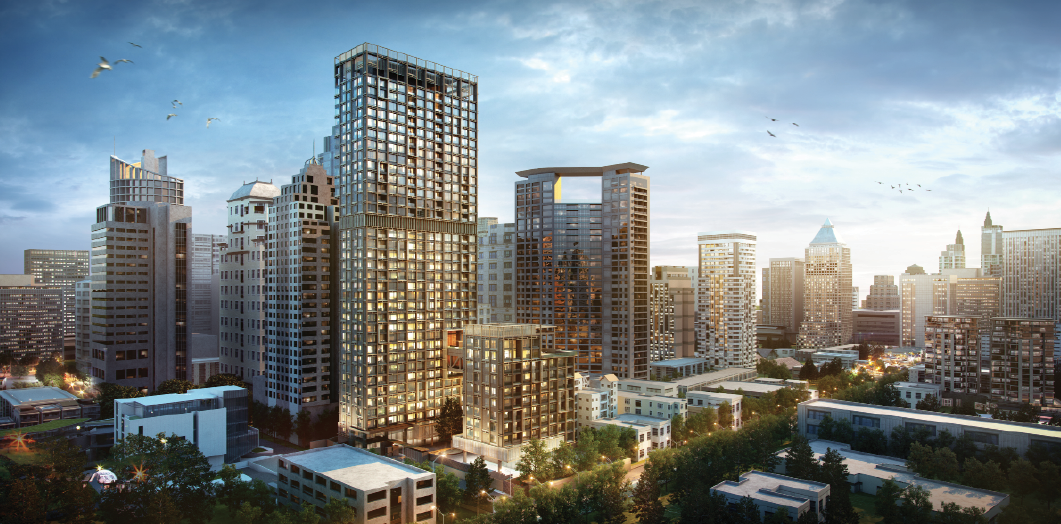
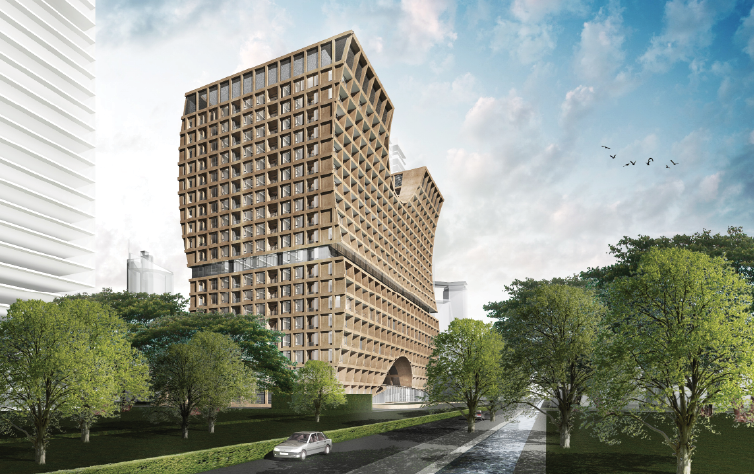
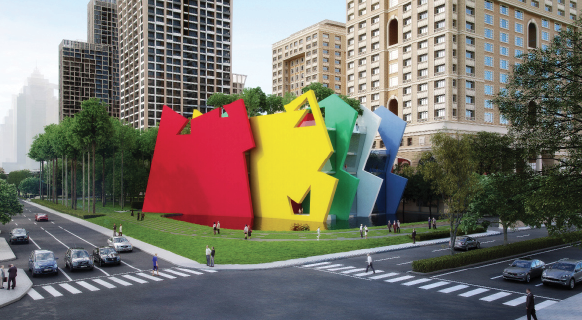

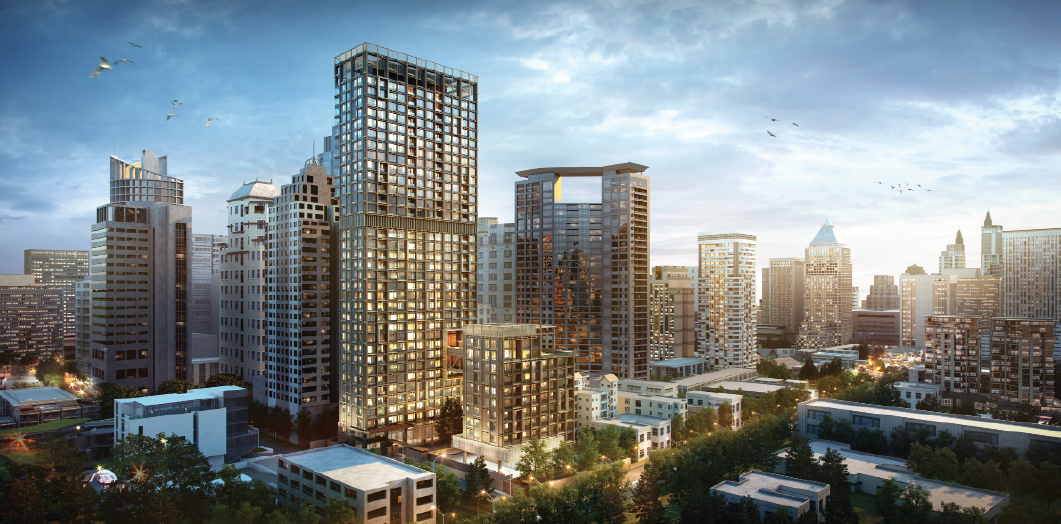
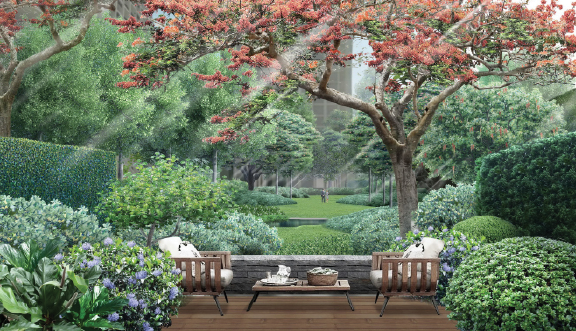
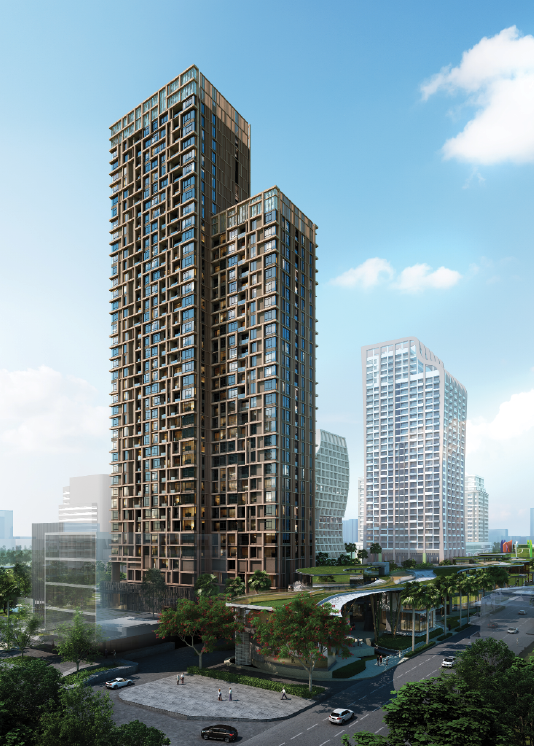
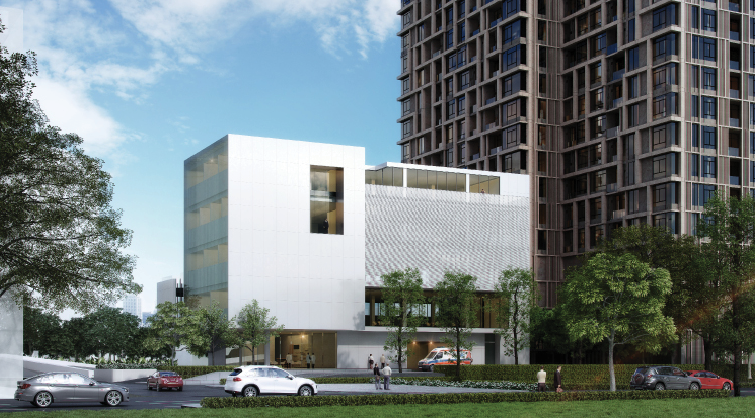
 RSS Feed
RSS Feed
